Map
The Sanctuary of Nostra Signora della Guardia, Minucciano

Its geographical position, unique and evocative, giving rise to those natural features that have made him, Over the years, one of the most popular destinations by tourists from everywhere.
At the sanctuary, built on a broad plateau is reached, both the Lunigiana and Garfagnana, crossing the Passo dei Carpinelli.
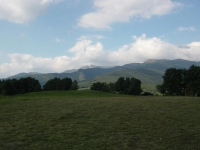
The most famous sanctuary of Nostra Signora della Guardia is located on Mount Figogna at Genoa and is dedicated to the Virgin that appears to Benedict Pareto in the late fifteenth century, according to documents dated 1535 - 1594; the sanctuary of Mount Argegna found inspiration from the mountain Figogna.
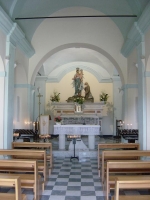
History of Mount Argegna is lost in ancient times: the Romans were the first to attach particular importance to this site.
They chose it as the "cursus publicus" in relation to the Via Clodia, which linked the Magra Valley and Lunigiana with Lucca and the Garfagnana. In the twelfth century along these lines was founded the famous Hospital of Tea, one of the largest in Europe, in the opinion of many historians.
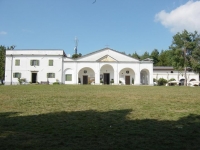
The origins of the sanctuary of Nostra Signora della Guardia di Argegna are found in a small church designed by architect Maurice Dufour of Genova, started to build 20 May 1895 at the behest of Don Antonio Pierotti of Albian, Sermezzana parish priest, and Don Augustin Lavagetto, a preacher of parish missions in the church of Don Pierotti.
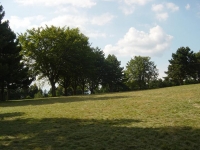
In 1901 the old church became a sanctuary itself, with three naves.
To commemorate the jubilee of 1920 was placed on the Argegna a cross in the same year the bishop of Massa put a crown on the head of the Madonna and declared Our Lady of the Guard in Argegna "Guardian of the Garfagnana and Lunigiana.
Work to achieve the pastor's house - hospice began in 1902 adjacent to the sanctuary and completed in 1906, was completed in 1914 the construction of the side porches of the building.
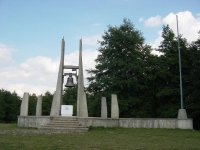
In 1927 another altar was placed in marble dedicated to the "Sacred Heart".
In 1982, on the mountain, was built a monument for the fallen of all wars: Alpine Troops were the protagonists of a human reality and history deeply rooted in our land, want to own in this position so that the Bell Votive, submit your strokes to the whole valley, the sign of a peace message addressed to all men.